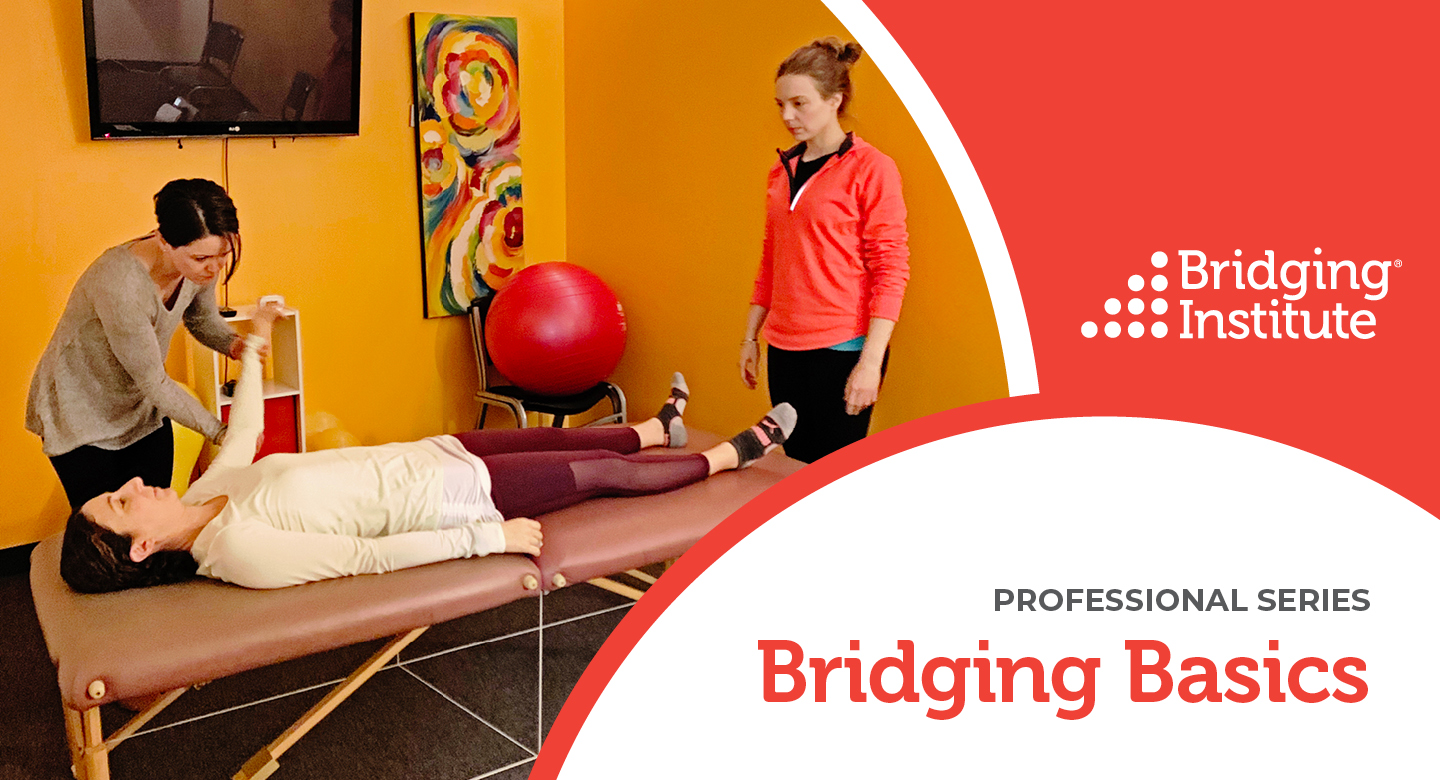The body has an amazing capacity to rebuild itself, and often it merely needs a little support and guidance. Join me on this journey--the insights and effects are magical!
This first course is where we begin with understanding the elements of how the core should organize and move. Just like the steps to becoming a great cook, there are steps to learning Bridging.
There are currently four levels to learning and mastering the Bridging Technique:
- The Bridging Introduction course
- The Bridging Basics course series (this course)
- The Bridging Advanced course series.
- On-going Skill Building via quarterly Workshops, monthly Zoom discussions, and an annual retreat.
The Bridging Basics series is comprised of four courses with online pre-work lessons, four weekend workshops (4 hours each) and a follow-up Zoom call to discuss or answer questions.
· Each module has a quiz to check assess understanding of content.
· You will receive a certificate upon completion. (7 Hours of CEU per course credit available depending upon your certifying organization.)
· All workshops have an options of virtual or in-person via Zoom.
You will need a partner/demonstration subject for the workshop portion of the course if attending virtually.
The class size will be limited to 12 total.
Application for Bridging Basics Program
Please click the link to complete this form.
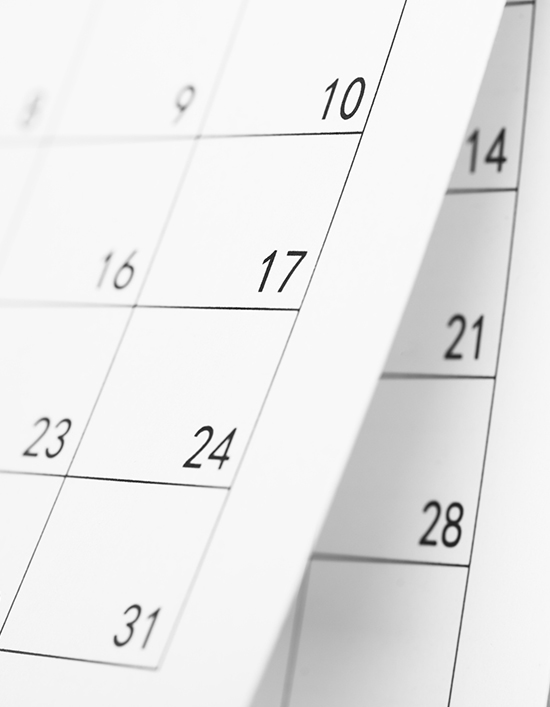
Key Dates for 2025
- Nov 15, 2024 Registration opens
- November 2024 Access to online pre-work for Course 1
- Registration Closes January 22nd.
Meetings and Workshop Dates
- January 22nd Kick-off Welcome 6-6:45p CT Zoom
- Saturday Workshop dates (11a-3p CT)
- January 26, 2025
- February 22, 2025
- March 22, 2025
- April 19, 2025
Monthly Group Discussion (60 minutes)via Zoom. (Date and time agreed to by students.)
What do you need to participate?
- Schedule will feature one-instructor demo, and three student demonstrations each workshop date.
- Student demo time will be on a first-come volunteer basis. Each person will have an opportunity over the 4 course series.
- Virtual students will need a guest, massage table, and video/wifi set-up for demonstrations. (phone, tablet or computer)
Once you register, please complete this form to tell us more about your goals and schedule preference.

Hi, I’m Cara Lindell, the founder of the Bridging Technique.
The Bridging Technique is the product of my background in power systems engineering, exercise science and a child with significant medical and learning challenges.
We use physics of the body to support and re-organize the body to work the way it is designed to!
This course is your first step into a new understanding how movement within the body is supposed to function, and a magical way to change it!
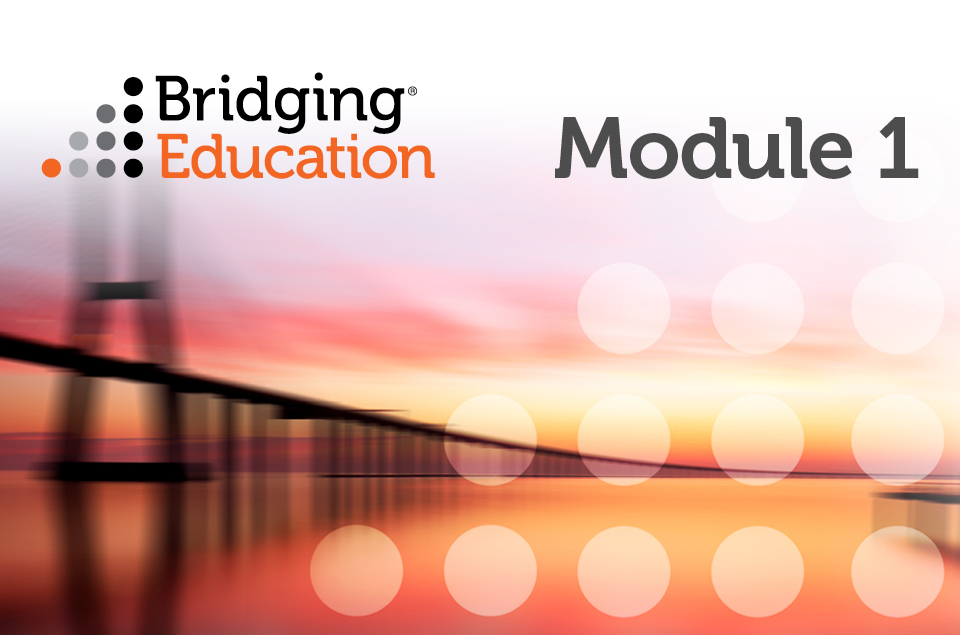
Module 1: Core Movements and Fundamental Concepts
Introduction of the foundational skills and basic concepts used in the Bridging technique. There are 16 videos of movements, 16 videos of concepts (5 min each).
You will learn:
- The two most fundamental Bridging centering movements called Peanut and Bug.
- The concepts and science related to these movements.
- Gain an awareness of how these movements can serve as a test for other therapeutic supports or interventions.
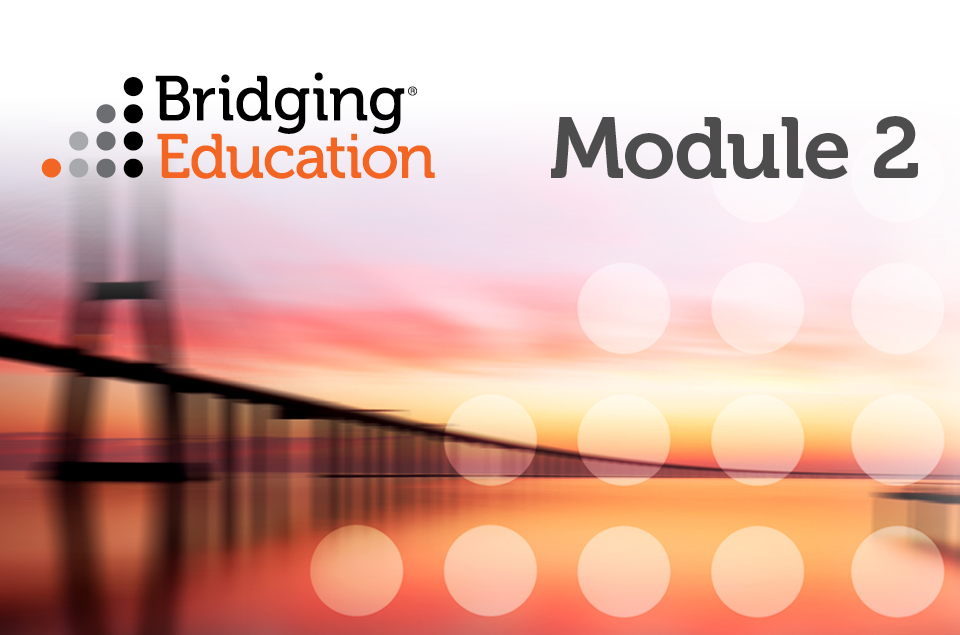
Module 2: Arms, Legs and Integration to the Core
Expanding the foundational skills and concepts needed for pre and post assessment. There are 16 videos of movements, 16 videos of concepts (5 min each).
You will learn:
- Assessment of movement relating the core, arms, and legs.
- Assessment of functional movement control in seated and standing positions. This is used as a pre and post assessment of mobility and balance.
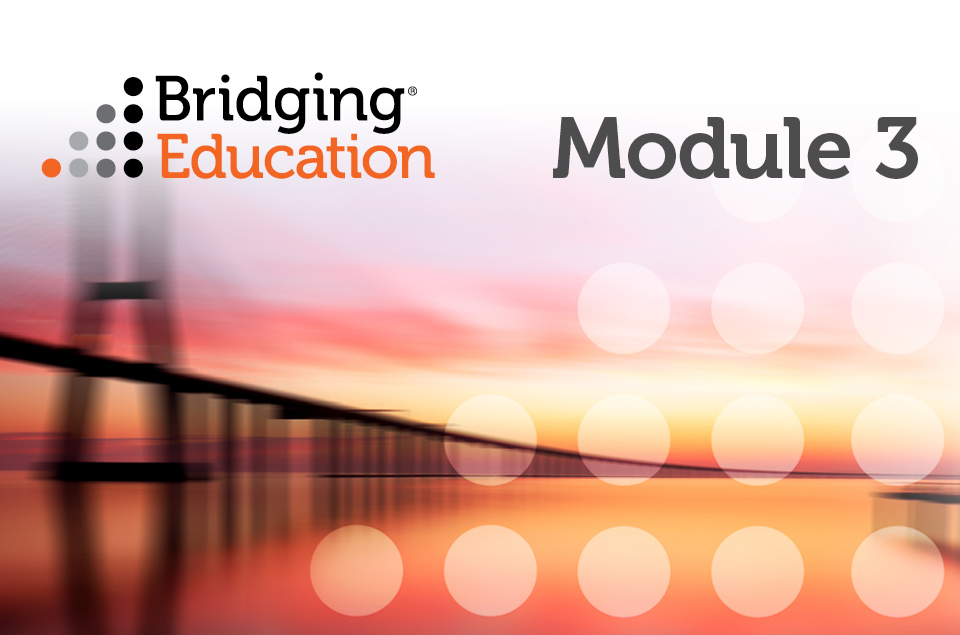
Module 3 Integrating Bridging Movements to address injury, illness and medical procedures. There are 16 videos (5 min each) and a three day workshop.
Injuries and medical interventions such as immobilization and surgery impact movement and regulation.
- Learn the effects of injury, illness and trauma on movement and regulation; how to gather useful and relevant information from clients; and how to use Bridging related to this information.
- Practice the Bridging assessment process with case studies taking into account common injuries and interventions. You will practice the use of Bridging to restore movement organization including use of details from client histories to enhance results.
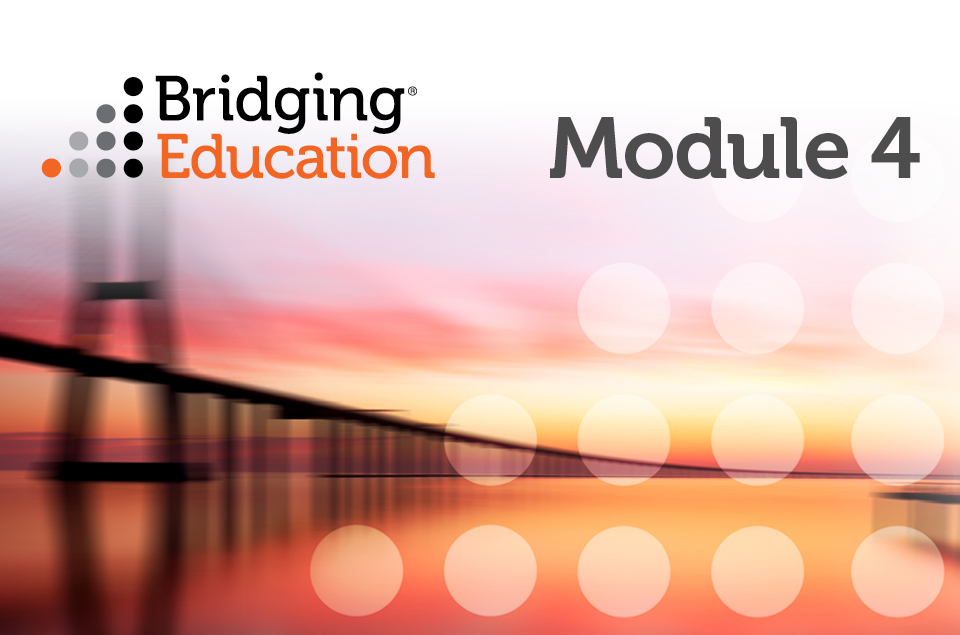
Module 4 Understanding the integral role of the diaphragm to movement. There are 16 videos (5 min each) and a three day workshop.
The diaphragm is the center of posture, movement and breathing.
- Explore the many roles of the diaphragm and how diaphragm dysfunction can originate from development, injury or illness. The use of Bridging to support and restore diaphragm function is a primary focus.
- Practice assessing diaphragm relationships related to breathing, posture and movement. Bridging skills will focus on support and restoration of diaphragm dysfunction.
- Also included will be discussion about the movements related to circulatory, lymphatic and digestive systems
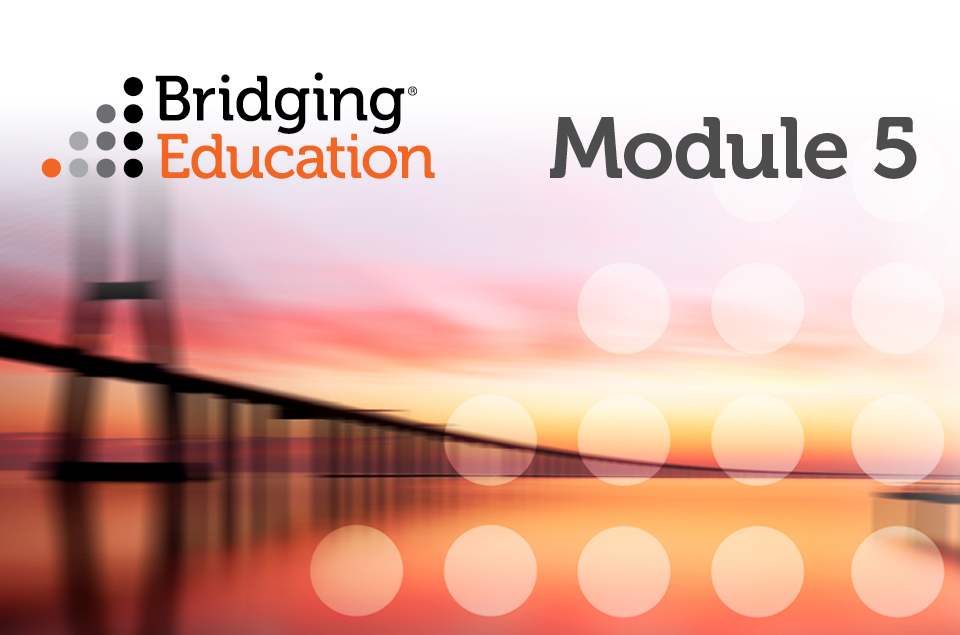
Module 5 Exploring the role of sensory systems and movement. There are 16 videos (5 min each) and a three day workshop.
Movement is guided by the visual and vestibular systems.
- Explore the inter-related function of movement, visual and vestibular functions affecting function at all ages.
- You will learn common ways sensory integration is disrupted including auto accidents, head trauma and birth (forceps, c-section, etc., and the how to use Bridging to restore movement integration with sensory processing.
- Practice the Bridging assessment of the inter-related aspects of movement, visual and vestibular functions.
Course Curriculum
- Module 1 Overview
- Movement 1.1.1 Peanut Roll: Introduction of Movement Concepts (3:18)
- Movement 1.1.2 Peanut Roll: Demonstration (4:33)
- Movement 1.1.3 Peanut Roll: Variations (5:04)
- Movement 1.1.4 Peanut Roll: Centering with Peanut Roll (5:27)
- Concepts 1.1.1 Introduction to Bridging (2:22)
- Concepts 1.1.2 Self Regulation (6:12)
- Concepts 1.1.3 Learning and Practice (4:51)
- Concepts 1.1.4 Introduction to the Nervous System (3:18)
- Movement 1.2.1 Peanut Rock: Introduction and Demonstration (2:26)
- Movement 1.2.2 Peanut Rock: What to look for (2:42)
- Movement 1.2.3 Peanut Rock: Variations (5:01)
- Movement 1.2.4 Peanut Rock: Centering with Peanut Rock (4:21)
- Concepts 1.2.1 Movement and Hierarchy (4:52)
- Concepts 1.2.2 Physics of Regulation- PVT (5:29)
- Concepts 1.2.3 Physics of Regulation- PVT Continued (4:29)
- Concepts 1.2.4 Self Regulation and PVT (6:05)
- Movement 1.3.1 BUG: Introduction (2:49)
- Movement 1.3.2 BUG: Demonstration (4:22)
- Movement 1.3.3 BUG: Variations (4:22)
- Movement 1.3.4 BUG: Assessing bug (4:42)
- Concepts 1.3.1 Introduction to BUG Concepts (5:23)
- Concepts 1.3.2 BUG and Midline (5:27)
- Concepts 1.3.3 Impacts to Symmetry (5:55)
- Concepts 1.3.4 Impacts to Symmetry Continued (3:58)
- Movement 1.4.1 Movements and Compression (5:38)
- Movement 1.4.2 Movements Without Touch (3:48)
- Movement 1.4.3 Movements and Supportive Devices (4:50)
- Concepts 1.4.1 Regulation and Practical Insights (5:11)
- Concepts 1.4.2 Movement and Practical Insights (5:18)
- Concepts 1.4.3 Automaticity of Movements (3:24)
- Concepts 1.4.4 Summary of Concepts (4:53)
- Test Your Learning
- Your feedback
- Module 2 Overview
- Movement 2.1.1 Assessment of Arms Overview (3:00)
- Movement 2.1.2 Assessment of Whole Arm (3:20)
- Movement 2.1.3 Assessment of Arm Segments (4:28)
- Movement 2.1.4 Arms-Variations (3:13)
- Concepts 2.1.1 Overview of Module 2 (4:32)
- Concepts 2.1.2 Prenatal Development of Arms (5:24)
- Concepts 2.1.3 Development of Arms in Infancy (5:31)
- Concepts 2.1.4 Development of Arms- Communication (5:21)
- Movement 2.2.1 Assessment of Legs Overview (2:24)
- Movement 2.2.2 Assessment of Whole Leg (3:53)
- Movement 2.2.3 Assessment of Leg Segments (6:28)
- Movement 2.2.4 Legs-Variations (4:24)
- Concepts 2.2.1 Legs and Regulation (4:00)
- Concepts 2.2.2 Legs in Prenatal Development (5:32)
- Concepts 2.2.3 Development of Legs in Infancy (4:36)
- Concepts 2.2.4 Relating Findings to the Person (4:49)
- Movement 2.3.1 Introduction to Seated Sways (4:02)
- Movement 2.3.2 Assessment of Seated Sway Control (3:10)
- Movement 2.3.3 Seated Sways- Other Directions (4:14)
- Movement 2.3.4 Seated Sway Control Variations (3:15)
- Concepts 2.3.1 Introduction to Seated Sway Concepts (5:28)
- Concepts 2.3.2 Control of Movement (4:48)
- Concepts 2.3.3 Disruptions to Core Control (5:50)
- Concepts 2.3.4 Regulation, Stability and Position (4:11)
- Movement 2.4.1 Introduction to Standing Sways (4:39)
- Movement 2.4.2 Assessment of Standing Sway Control (5:56)
- Movement 2.4.3 Standing Sways- Other Directions (5:32)
- Movement 2.4.4 Standing Sway Control Variations (4:52)
- Movement 2.4.5 Effect of Footwear on Standing Sway Control (4:27)
- Concepts 2.4.1 Introduction to Standing Sway Concepts (3:19)
- Concepts 2.4.2 Insights from Sway Assessments (4:24)
- Concepts 2.4.3 Sways - Interpretation (6:06)
- Concepts 2.4.4 Summary of Sway Concepts (5:05)
- Test Your Learning
- Your Feedback
- Module 3 Overview
- Concepts 3.1.1 Introduction to Adjustments (5:08)
- Concepts 3.1.2 Force Dissipation (5:05)
- Concepts 3.1.3 Propagation Error (4:49)
- Concepts 3.1.4 Dissipation Errors (6:46)
- Concepts 3.2.1 Muscle Pairing (5:23)
- Concepts 3.2.2 Bridging Activation (5:39)
- Concepts 3.2.3 Position Tension (5:40)
- Concepts 3.2.4 Bridging FAQ and Review (5:57)
- Concepts 3.3.1 Patient Communication (4:37)
- Concepts 3.3.2 Positioning (5:34)
- Concepts 3.3.3 Tension and Balance (5:18)
- Concepts 3.3.4 Ending a Session (5:44)
- Concepts 3.4.1 Movement Levels (4:02)
- Concepts 3.4.2 Effects of Surgery (4:46)
- Concepts 3.4.3 Effects of Impacts and Falls (5:27)
- Concepts 3.4.4 Effects of Fractures (5:41)
- Test Your Learning
- Your Feedback
- Module 4 Overview
- Concepts 4.1.1 Introduction to Bubbles and Diaphragm (3:28)
- Concepts 4.1.2 Checking Bubbles (5:05)
- Concepts 4.1.3 Bubbles and Regulation (5:16)
- Concepts 4.1.4 Functional Diaphragm (5:07)
- Concepts 4.2.1 Diaphragm Overview (4:58)
- Concepts 4.2.2 Diaphragm and Upper Body (5:00)
- Concepts: 4.2.3 Diaphragm and Lower Body (5:22)
- Concepts 4.2.4 Diaphragm Development (5:55)
- Concepts 4.3.1 Developmental Framework (4:49)
- Concepts 4.3.2 Progressions (3:21)
- Concepts 4.3.3 Progressions while Prone (4:50)
- Concepts 4.3.4 Progressions Sitting to Standing (4:48)
- Concepts 4.4.1 Diaphragm and Early Development (5:03)
- Concepts 4.4.2 Diaphragm and C-Section Impact (5:32)
- Concepts 4.4.3 Diaphragm and Breech Impact (5:30)
- Concepts 4.4.4 Diaphragm and Impact of Multiples (6:04)
- Test Your Learning
- Your Feedback
- Module 5 Overview
- Concepts 5.1.1 Introduction to Sensory-Motor System (2:35)
- Concepts 5.1.2 Sensory Development (5:35)
- Concepts 5.1.3 Sensory Regulation (4:40)
- Concepts 5.1.4 Motor Planning (5:40)
- Concepts 5.2.1 Eye Movement Development (4:15)
- Concepts 5.2.2 Infant Development (5:04)
- Concepts 5.2.3 Recalibration and Development (5:08)
- Concepts 5.2.4 Motor Sensory Hierarchy (4:49)
- Concepts 5.3.1 Sensory Development and Movement (3:16)
- Concepts 5.3.2 Visual-Motor Integration (5:09)
- Concepts 5.3.3 Vestibular-Motor Integration (4:52)
- Concepts 5.3.4 Using Visual and Vestibular Information (4:05)
- Concepts 5.4.1 Injury Example (5:04)
- Concepts 5.4.2 Visual and Vestibular Injuries (4:18)
- Concepts 5.4.3 Visual Injuries, Continued (5:02)
- Concepts 5.4.4 Assessment Flow (4:26)
- Test Your Learning
- Your Feedback
